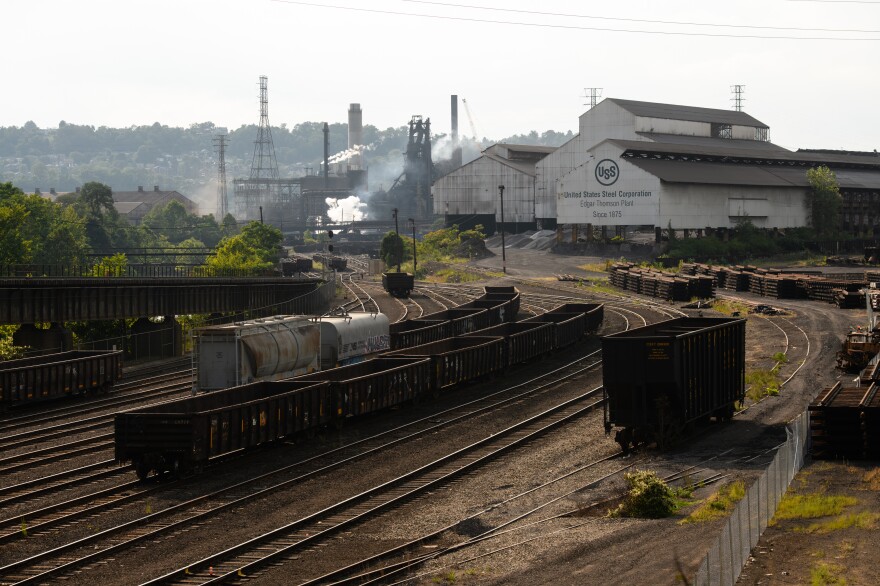A new report reveals that the Keystone State steel industry has the potential to reduce or eliminate carbon emissions by making a switch to "green steel," reducing reliance on coal and natural gas.
Nick Messenger is a senior researcher at the Ohio River Valley Institute and a co-author of the report.
He said that for more than a decade, employment has declined in the primary and direct steelmaking industry in Allegheny County and the Monongahela Valley.
Without changes, he predicted a loss of close to 800 total jobs supported by steel in the region in the next decade.
The report estimates that fossil fuel-free "green" steelmaking - with renewable hydrogen - could prevent that job loss, and add more than 1100 additional new jobs.
"The opportunity to construct and bring a hydrogen electrolyzer to make hydrogen," said Messenger, "the opportunity to operate and install and construct the wind and solar farms that would be necessary to power that electrolyzer to make the hydrogen - all of those represent job opportunities that are attached to the steel industry."
The federal government has recently passed legislation that includes different tax rules that will come into play over the next several years.
These federal incentives would allow companies in Pennsylvania to invest in this transition and support more opportunities for employment in the region.
Report co-author Jacqueline Ebner - a Ph.D in sustainability and a sustainable business strategy advisor with the institute - said iron and steelmaking is one of the largest sources of industrial greenhouse gas-emissions, representing 7% of global greenhouse-gas emissions.
She explained that the traditional way to make primary steel, using a blast furnace followed by a basic oxygen furnace process, is very energy intensive and generates a large amount of greenhouse gas emissions.
Ebner said there is a better way emerging that can deliver fossil fuel-free, near zero-emission primary steel.
"The industry is trying to shift away from this very carbon-intensive way to make primary steel to a new technology," said Ebner. "One of the most promising technologies is called direct reduction of iron with hydrogen as the reducing agent."
Ebner noted that the Ohio River Valley is in a good position to become a decarbonized industrial hub.
And the state has a skilled workforce with applicable manufacturing experience that could transition easily into this new technology. Plus, it can grow the renewable and hydrogen industry in the region.

